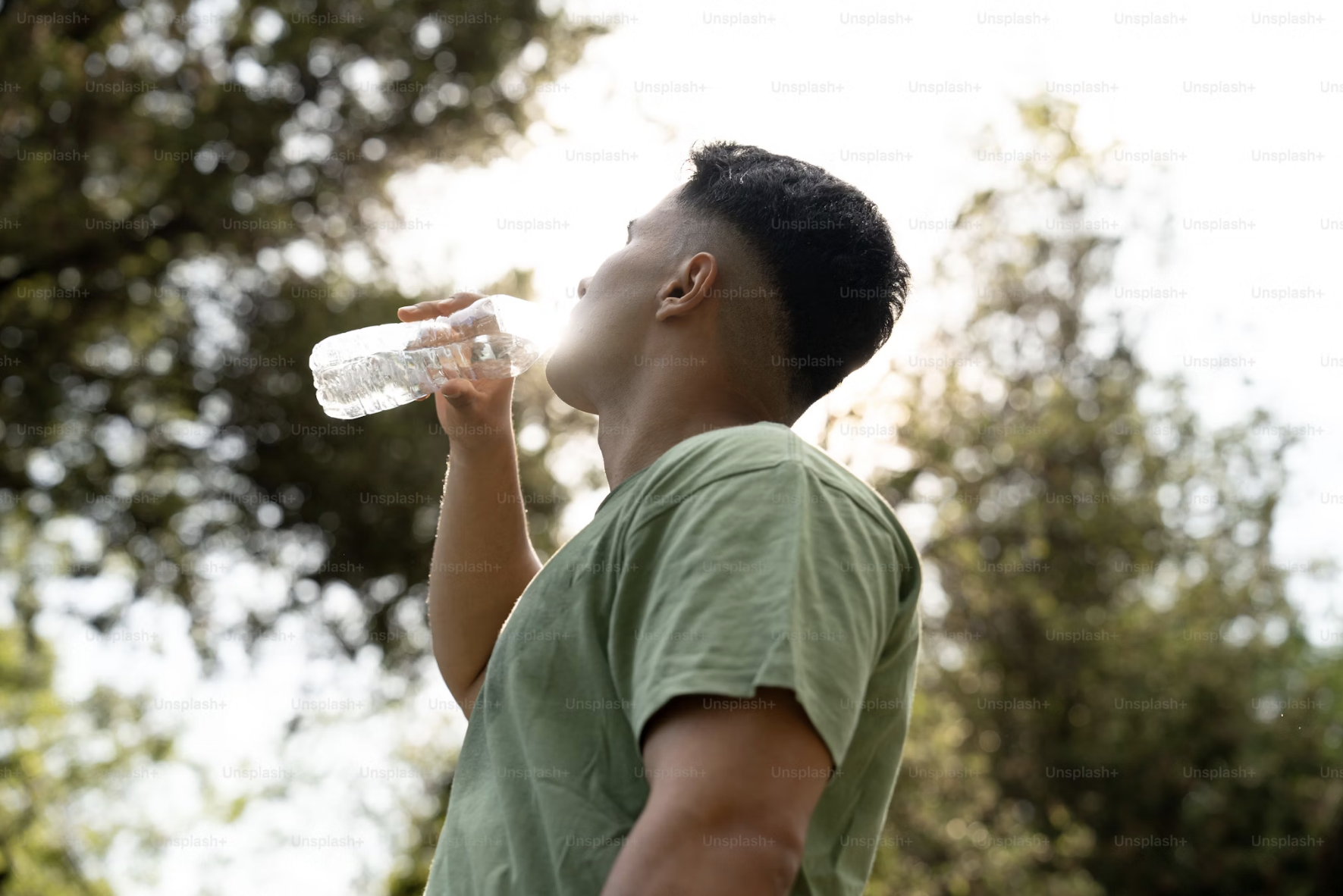Why is it unbearably hot despite moderate temperatures?
Though official temperatures across Bangladesh are hovering around 34 to 38 degrees Celsius, people are complaining of unbearable levels of heat this summer, with many saying it feels even worse than on days when the temperature crossed 40°C.
In Barishal, where the highest temperature recorded yesterday was around 36°C, residents said the discomfort was extreme.
“It doesn’t matter whether it’s cloudy or sunny, the heat is unbearable,” said Ahad Hossen, a resident of the city. “I am sweating profusely, every now and then. Even at night, it remains hot, and the discomfort continues.”
Most parts of the country, including the capital Dhaka, have been experiencing similar conditions for the past several days due to a sharp rise in the “feels-like or real-feel” temperature, ranging from 2 to 6°C higher than the actual reading.
Experts explain that real-feel temperatures are much higher due to a dangerous mix of humidity, low wind flow, urban heat islands, and declining air quality which makes even moderately high temperatures feel extreme.
According to the Bangladesh Meteorological Department (BMD), a mild heat wave (between 36°C and 37.9°C) is currently sweeping over 48 districts, including the divisions of Dhaka, Rajshahi, Khulna, Rangpur, Mymensingh and Sylhet, as well as Brahmanbaria and Feni. Meanwhile, Nilphamari is experiencing a moderate heatwave with temperatures reaching 38°C.
However, officials expect conditions to improve within the next one or two days, with temperatures starting to drop across the country.
“Monsoon activity is currently weak over Bangladesh and only mildly active over the northern Bay,” Dr Muhammad Abul Kalam Mallik, meteorologist at the BMD, told TBS.
“The air flow is low and humidity is high, so the real-feel temperature is higher than the actual one,” he said.
He further said, “In the monsoon season, the humidity is so high that even if temperatures are lower than in March or April, people feel more discomfort. The heat index, what the temperature actually feels like, can be 2 to 6°C higher, especially in coastal areas. That’s why people sweat more and feel more tired even if the actual temperature isn’t extreme.”
The meteorologist further explained that the perceived temperature can vary based on location, time, gender, age, clothing, and whether one is indoors or outdoors. “Someone inside a poorly ventilated room may feel more heat than someone outside in the shade with proper air flow,” he said. “So during this time, staying in shaded and breezy areas can help reduce discomfort.”
When asked when the situation might improve, he said, “From Wednesday, we expect more rainfall across different parts of the country, which will help bring down temperatures. For the next week, most areas are likely to receive brief but regular showers. This could ease the ongoing mild heat wave.”
The weather experts said that Bangladesh’s relative humidity (70-90% in summer) prevents sweat from evaporating, reducing the body’s natural cooling. A 34°C Day with 80% humidity feels like 47°C (per heat index calculations).
Experts also point to urban factors that worsen the experience of heat. Dhaka’s unplanned urbanisation has reduced trees and water bodies, replacing them with concrete and asphalt, which trap and radiate heat.
Pollution from vehicles and factories creates a layer of warm air near the ground, while poor air quality puts additional stress on the lungs, making the heat feel more intense.
Low-income groups are especially vulnerable in such conditions. Rickshaw pullers, street vendors, and slum dwellers in tin-roofed homes suffer the most. The elderly and children are at higher risk of heat-related illness, including heatstroke, according to the experts.
Health experts at the International Centre for Diarrhoeal Disease Research, Bangladesh (icddr,b) have issued a set of health guidelines to cope with the heat. They warned that climate change is leading to more days of extreme heat, and people must take extra precautions.
Their advice includes drinking plenty of clean water, taking breaks in shaded areas when working outdoors, keeping homes cool and well-ventilated, and avoiding long periods of physical activity.
They also urged people to watch out for danger signs such as red skin on the feet, headaches or dizziness, nausea, low urine output or dark-coloured urine, lack of sweating, blurred vision, high body temperature, rapid heartbeat, confusion or unconsciousness.
According to BMD, the country’s highest temperature yesterday was recorded in Nilphamari at 38°C, while Dhaka saw a high of 36.8°C. Despite rainfall in some areas, the heat has not eased significantly.
Writer: Md Jahidul Islam

